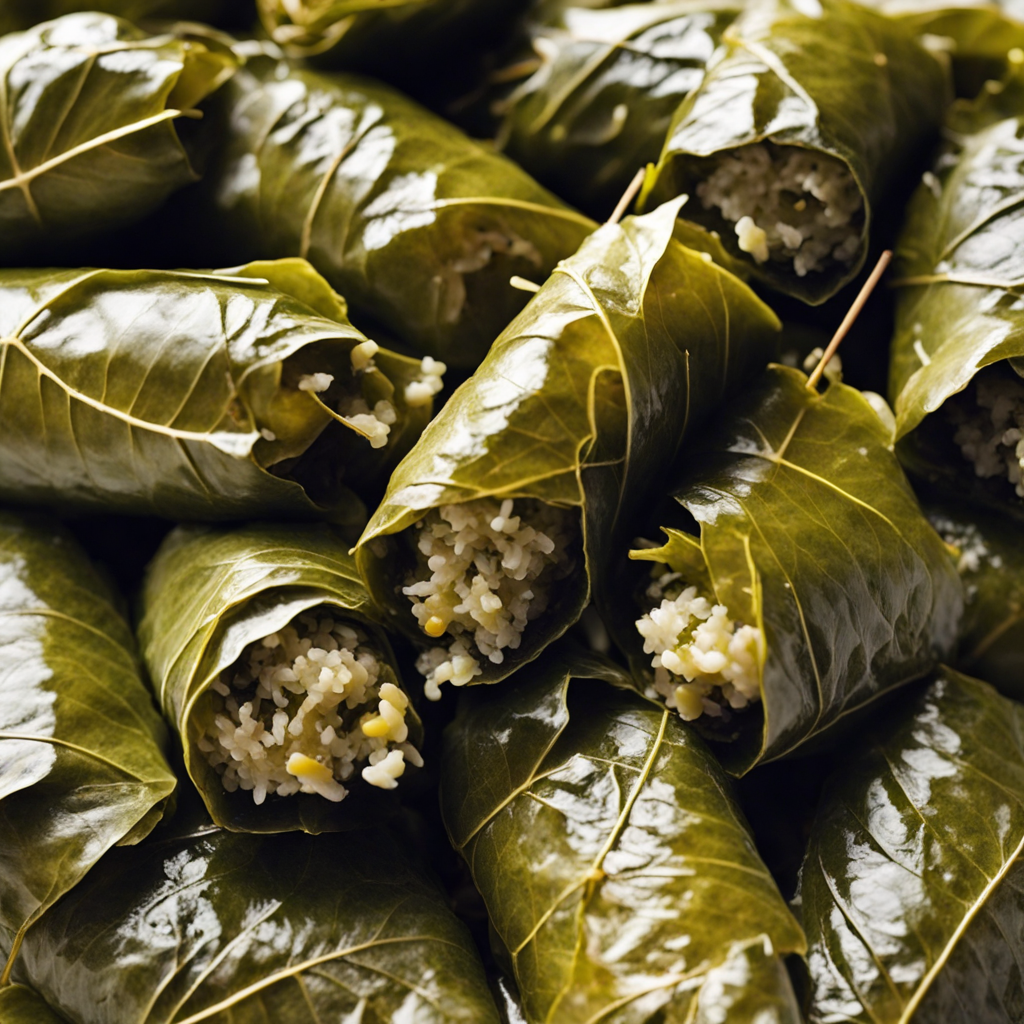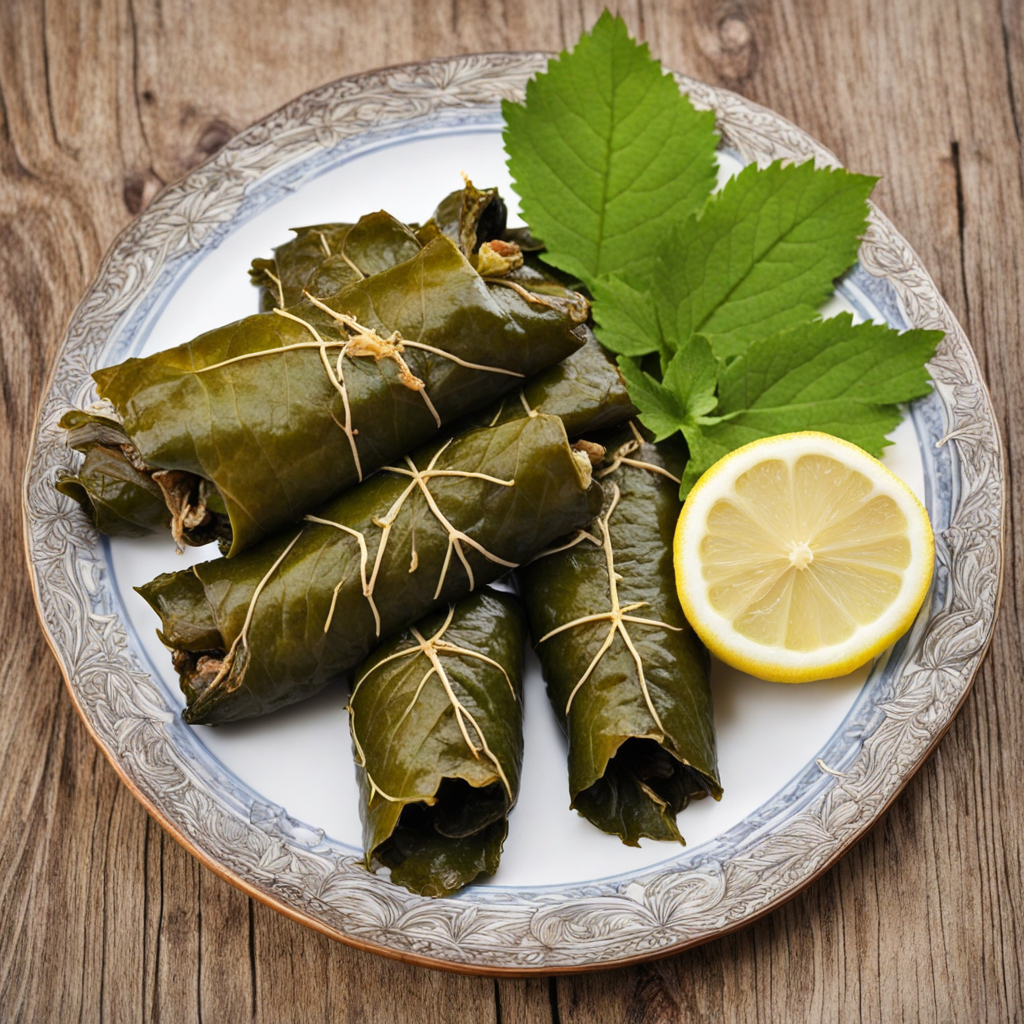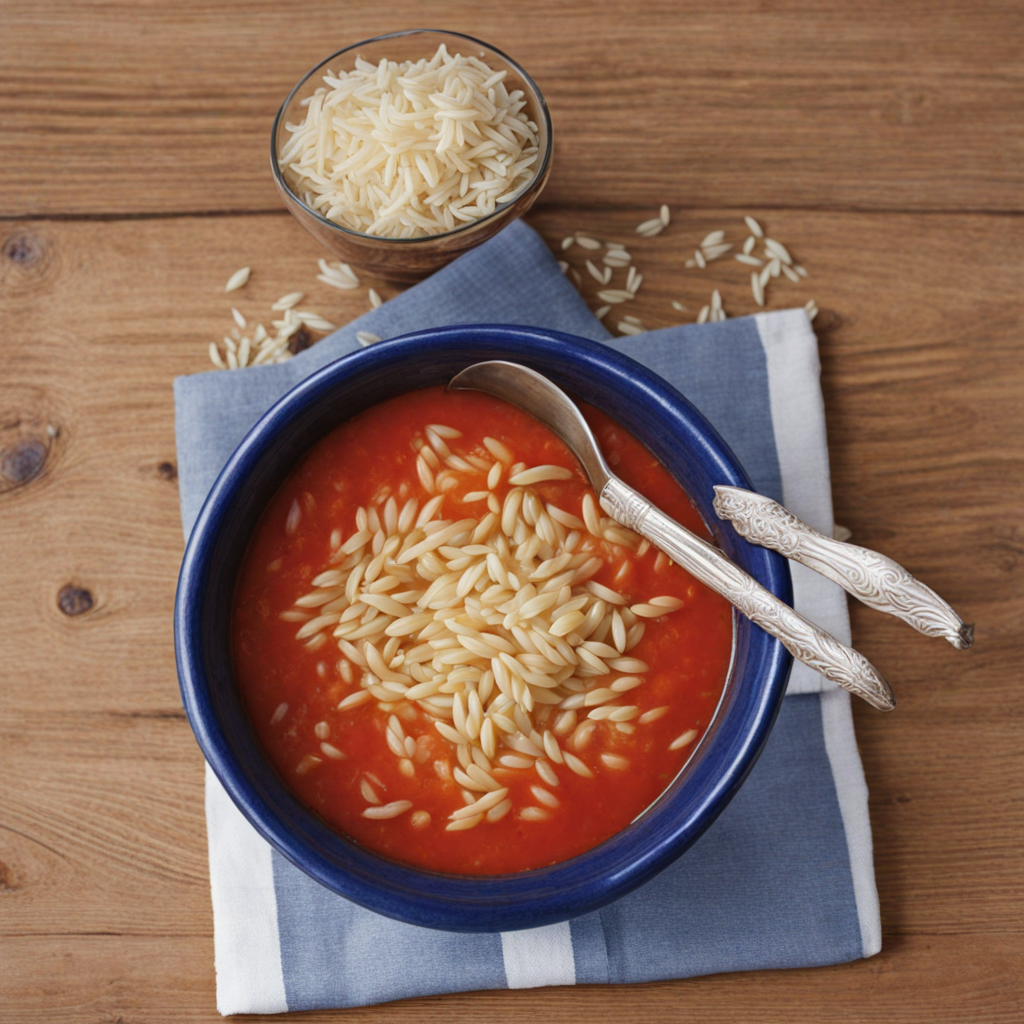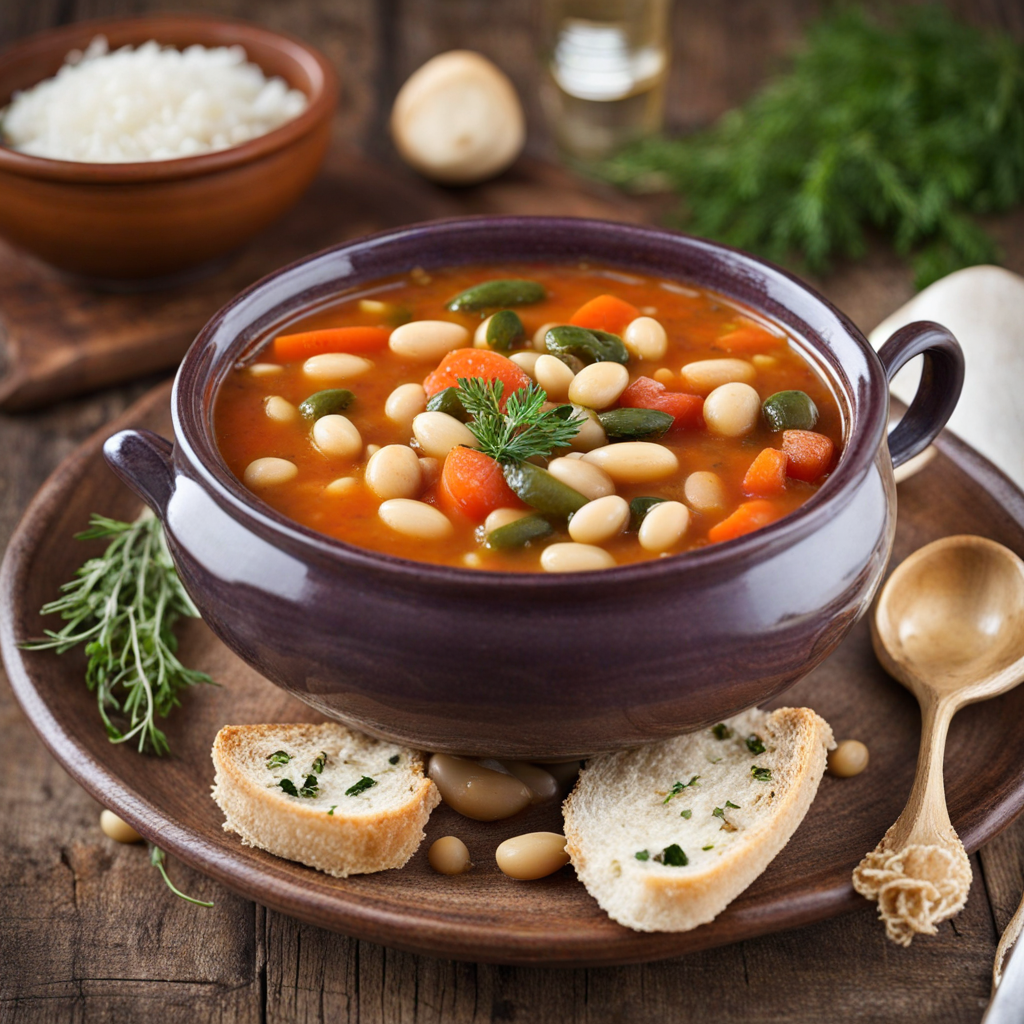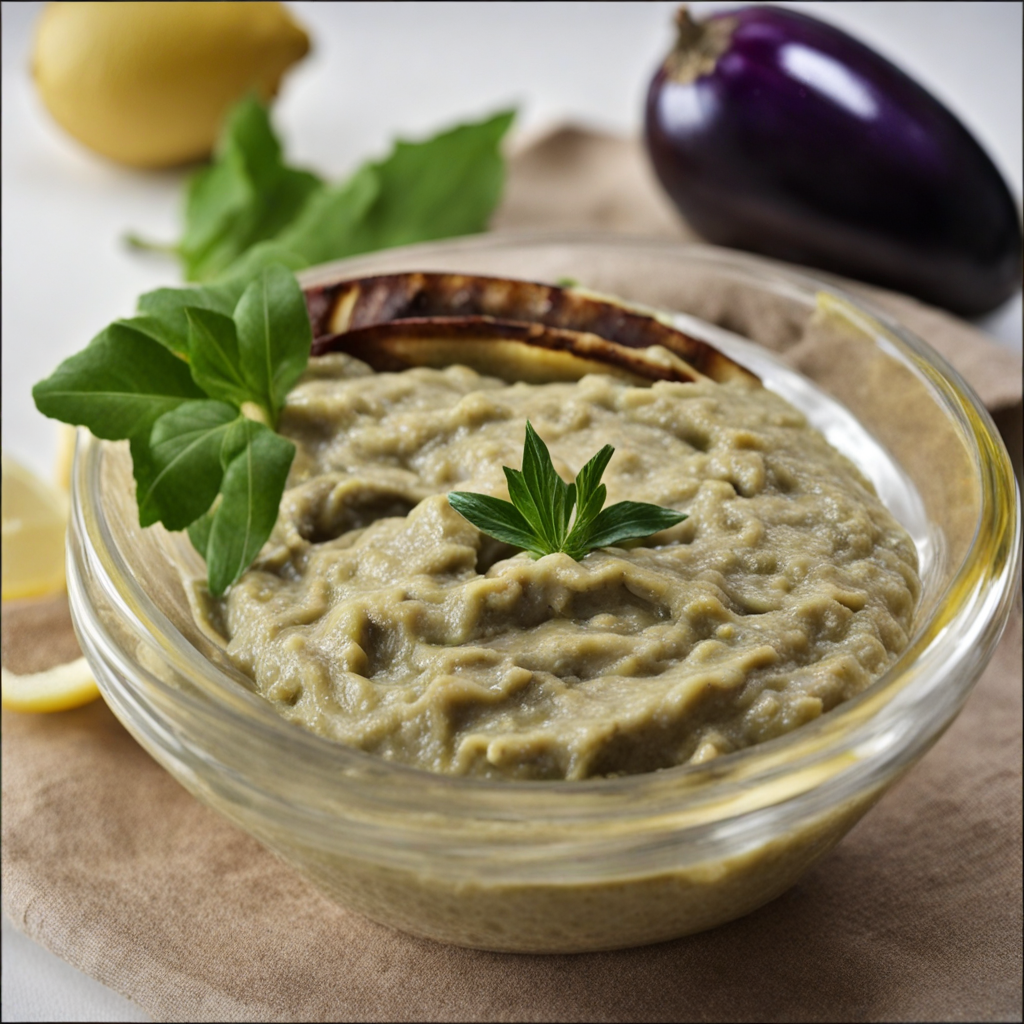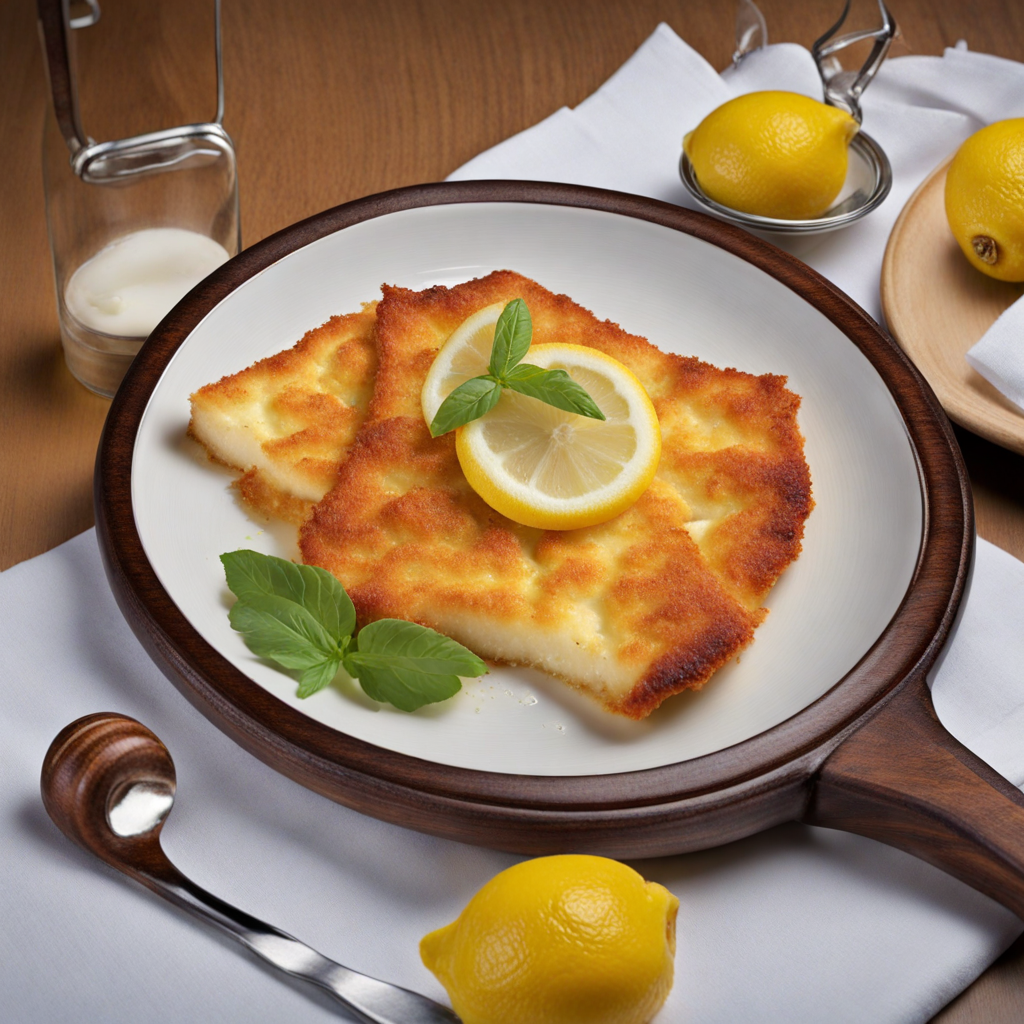Dolmadakia
Dolmadakia are delightful Greek stuffed grape leaves, a traditional dish that embodies the rich culinary heritage of Greece. These small parcels are typically made from tender grape leaves, which are carefully picked and preserved, providing a unique and slightly tangy flavor. The filling, often a mixture of rice, fresh herbs such as dill and mint, pine nuts, and sometimes ground meat, creates a harmonious blend of textures and tastes. Each bite offers a burst of fragrant herbs, enhanced by the natural earthiness of the grape leaves, making it a refreshing treat for the palate. One of the most appealing aspects of Dolmadakia is their versatility. They can be served as a warm appetizer or a light main dish, and they are often accompanied by a side of tangy yogurt or tzatziki sauce for dipping. The dish is not only celebrated for its flavor but also for its aesthetic appeal; the grape leaves are expertly rolled, resembling small, neat packages that are beautifully presented on a platter. This visual delight is matched by the aromatic steam that wafts from them when served warm, inviting guests to indulge in their deliciousness. For those seeking a new taste experience, Dolmadakia offer a unique combination of flavors that is both comforting and exotic. The earthy, slightly briny notes of the grape leaves complement the fragrant filling, creating a dish that is both satisfying and refreshing. Whether you are enjoying them at a family gathering, a festive occasion, or as part of a meze spread, Dolmadakia are sure to transport you to the sun-soaked landscapes of Greece, making them a must-try for any adventurous food lover.
How It Became This Dish
Dolmadakia: A Culinary Journey Through Time and Culture The rich tapestry of Greek cuisine is interwoven with stories of migration, trade, and cultural exchange. Among its myriad offerings, Dolmadakia, or stuffed grape leaves, stand out as a dish steeped in history and cultural significance. This beloved delicacy is not only a staple of Greek tables but also a symbol of the Mediterranean's diverse culinary heritage. Origins The origins of Dolmadakia can be traced back to the ancient civilizations of the Mediterranean. Grape leaves have been used for thousands of years in various cultures, with evidence of their consumption in regions such as Egypt and Persia. The Greeks, however, are credited with the unique evolution of this dish, which became a staple in their culinary repertoire. The use of grape leaves as a wrapper for a filling is thought to have begun in the Eastern Mediterranean, where the abundance of vines provided the leaves needed for this preparation. The name itself, "Dolmadakia," is derived from the Turkish word "dolma," meaning "stuffed." This points to the cultural exchanges that have shaped the dish over centuries. The Ottomans, who ruled much of Greece for several centuries, played a significant role in the culinary traditions of the region, introducing various cooking techniques and flavors that would ultimately influence Greek cuisine. Cultural Significance Dolmadakia embody the essence of Greek hospitality and communal dining. They are often served as a meze, a small dish meant to be shared among family and friends, reflecting the Greek value of togetherness. Traditionally, the preparation of Dolmadakia is a family affair, where generations come together to roll the grape leaves, each contributing to the sharing of stories and laughter. This communal aspect is reflective of the broader Greek dining culture, where food is seen as a means of connection and celebration. In Greece, Dolmadakia are not just a culinary delight; they also hold symbolic meaning. They represent abundance and prosperity, often served during festive occasions and family gatherings. Their preparation can be a labor-intensive process, but it is one that is imbued with love and tradition. The dish has transcended mere sustenance, becoming a vessel for memories, cultural identity, and familial bonds. Development Over Time As Greek cuisine evolved, so too did Dolmadakia. The traditional filling is made from a mixture of rice, herbs, and spices, often enhanced with minced meat, pine nuts, or currants. The exact composition of the filling varies by region and family tradition, showcasing the diversity within Greek culinary practices. For instance, in some areas, the inclusion of lamb or beef is prevalent, while in others, vegetarian versions are favored. The introduction of new ingredients and flavors over time has also influenced Dolmadakia's preparation. The use of fresh herbs, such as dill, mint, and parsley, adds aromatic depth to the dish, while spices like cinnamon and allspice introduce warmth and complexity. The choice of seasoning often reflects local agricultural practices and the availability of ingredients, making each rendition of Dolmadakia unique. As Greece became more integrated into the global culinary scene, Dolmadakia gained recognition beyond its borders. The dish found its way into the hearts and kitchens of food enthusiasts worldwide, becoming a symbol of Greek cuisine. It is often featured in Greek restaurants and is a staple at Mediterranean-themed gatherings, showcasing its enduring appeal. Regional Variations The beauty of Dolmadakia lies in its regional variations. In Greece alone, the dish can take on numerous forms based on local customs and resources. For example, in the islands of the Aegean, you might find Dolmadakia made with lemon-infused rice and served with a tangy yogurt sauce, while in mainland Greece, the fillings may lean more heavily towards spiced meat and rice. In the northern regions of Greece, particularly in Macedonia, Dolmadakia may include ground meat and be served with a rich tomato sauce, while in the Peloponnese, they might be cooked with a more pronounced use of olive oil and lemon juice. This regional diversity reflects the broader agricultural practices and climatic conditions of Greece, showcasing how local resources shape culinary traditions. Modern Interpretations In contemporary Greek cuisine, Dolmadakia have seen a resurgence as chefs explore traditional recipes with a modern twist. The rise of the farm-to-table movement has encouraged the use of locally sourced ingredients, with many chefs prioritizing organic grape leaves and heirloom varieties of rice and herbs. This commitment to quality not only enhances the flavor of Dolmadakia but also pays homage to their historical roots. Moreover, the global interest in plant-based diets has led to innovative interpretations of Dolmadakia. Vegetarian and vegan versions are becoming increasingly popular, featuring creative fillings such as quinoa, lentils, or a medley of seasonal vegetables. These modern adaptations allow Dolmadakia to remain relevant in the ever-evolving landscape of culinary trends while still honoring their traditional essence. Conclusion Dolmadakia serve as a delicious reminder of the rich culinary heritage of Greece. Through their journey from ancient times to modern-day tables, they encapsulate the spirit of Greek hospitality, family, and community. The evolution of this dish, influenced by regional variations and cultural exchanges, highlights the adaptability and resilience of Greek cuisine. As we savor Dolmadakia, we are not just enjoying a meal; we are partaking in a tradition that spans generations, a culinary art that tells the story of a people deeply connected to their land and heritage. Whether rolled with care by a grandmother's hands or creatively reimagined by a contemporary chef, Dolmadakia will always hold a cherished place in the hearts and homes of those who appreciate their rich history and cultural significance.
You may like
Discover local flavors from Greece


